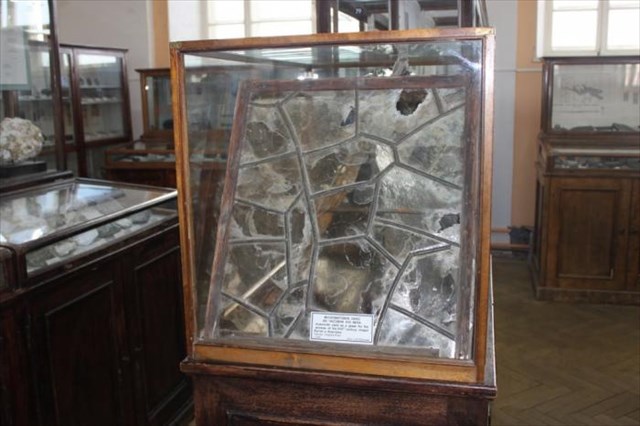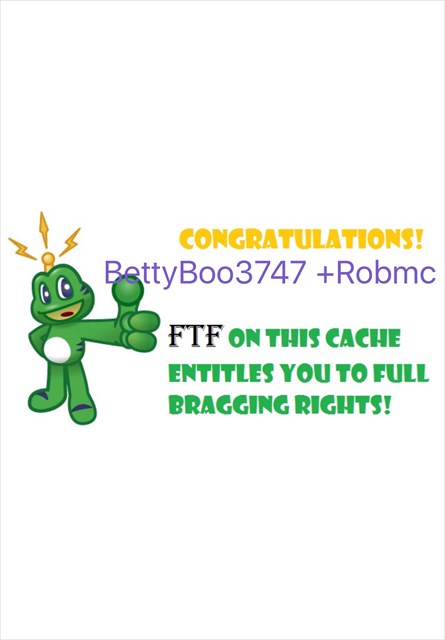This Earth Cache will have you standing on the Northern bank of the Murray River, depending on the level of the river you may or may not be able to stand directly on GZ, that isn’t important as you will be able to answer the questions for anywhere along the bank.
I spent a lot of time along the banks of the mighty Murray in my younger years, naturally I was attracted to the pretty shinny Fools Gold that lined the beaches. It wasn’t until I started putting this Earth Cache together that I realised I had been fooled. Traditionally fools gold is considered to be Pyrite I now understand that Pyrite would be buried deep in the sand due to its high density. Pyrite also oxidises rapidly in such a river flood-plain situation and loses its luster. So what are we looking at?
Many of you are probably already saying Mica, you are partly correct.
Mica is a generic name given to a group of complex hydrous aluminosilicate minerals that crystallise with a sheet or plate-like structure. Micas are common rock-forming minerals found in igneous and metamorphic rocks. Muscovite (potassium mica), phlogopite (magnesium mica) and vermiculite (a hydrated mica usually of biotitic composition — magnesium–iron mica) are most important commercially.
The Mica that you are observing today at this site is Muscovite.
Muscovite is the most common mineral of the mica family. It is an important rock-forming mineral present in igneous, metamorphicand sedimentary rocks. Like other micas it readily cleaves into thin transparent sheets. Muscovite sheets have a pearly to vitreous luster on their surface. If they are held up to the light they are transparent and nearly colorless, but most have a slight brown, yellow, green or rose-color tint. Muscovite is very common around this area as it is a very common mineral in the granites that are exposed over large areas upstream.
The ability of muscovite to split into thin transparent sheets - sometimes up to several feet across - gave it an early use as window panes. In the 1700s it was mined for this use from pegmatites in the area around Moscow, Russia. These panes were called "muscovy glass" and that term is thought to have inspired the mineral name "muscovite".

Muscovy Window
Sheet muscovite is an excellent insulator and that makes it suitable for manufacturing specialised parts for electrical equipment. Scrap, flake and ground muscovite are used as fillers and extenders in a variety of paints, surface treatments and manufactured products. The pearlescent luster of muscovite makes it an important ingredient that adds "glitter" to paints, ceramic glazes and cosmetics.
Strandline by definition - A line, especially of washed-up seaweed or other debris, marking a previous high water level along a shore.
To log this cache we require you to message us with the following answers to the best of your ability;
*Questions have ben designed to make you 'think' a little.
1. Find a strandline, how wide is it? What does this width suggest about the river and the bank?
2. What colours can you see in the debris? What does this suggest?
3. A photo of your team or GPS near a Strandline with your log and answers. (optional)
* You are welcome to log your answers straight away to keep your TB's and Stats in order but please message us with your answers. Cacher’s who do not fulfil the Earth Cache requirement will have their logs deleted.
We hope you enjoy the area, keep a look out for snakes and please be safe near the water. Happy Caching Cheers Team Thommo

Source – Geology.com Australian Museum.
